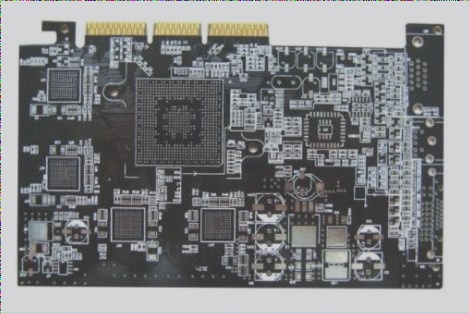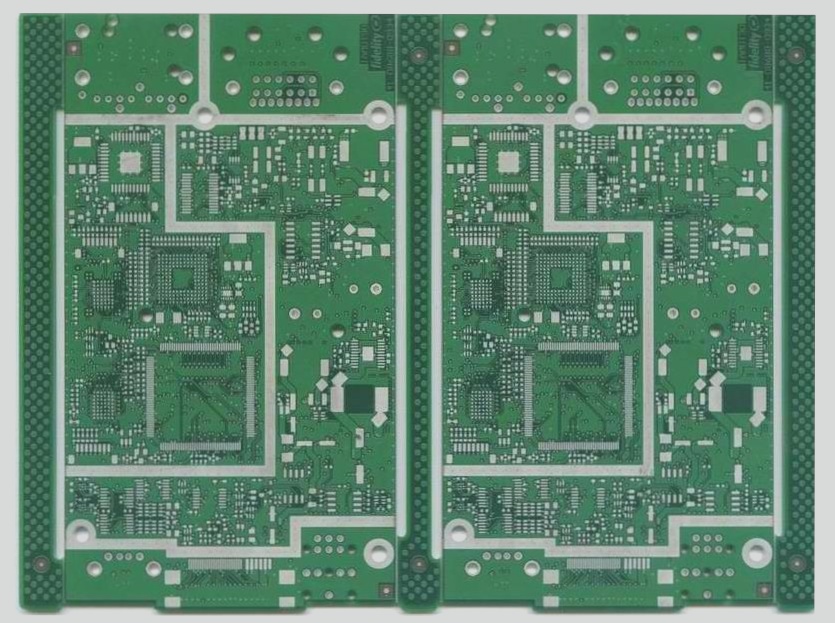Analyzing High-Speed PCB Board Design Routing Strategy
When designing a high-speed PCB board, analyzing the routing strategy is crucial. Understanding how a differential pair works is essential. In this setup, the received signal is the difference between two complementary and referenced signals. This method effectively reduces the impact of electrical noise on the signal, making it ideal for high-speed signaling.
Differential Signaling vs. Single-Ended Signals
It’s important to note the difference between differential signaling and single-ended signals. With single-ended signals, the received signal equals the difference between the signal and the power supply or ground. This setup makes it challenging to cancel out noise effectively, unlike with differential signaling.
Key Points for Differential Pair Routing
- Signals in a differential pair should travel together along the transmission path within the same environment to maintain proximity and coupling via electromagnetic fields.
- Maintain symmetry in the differential pair’s environment by ensuring signals appear simultaneously, maintaining equal trace lengths, and symmetrically connecting termination resistors or filters.
- When routing, keep point-to-point connections, maintain consistent length limits, and use a field solver for trace spacing design.
Considerations for Differential Signal Termination
- When terminating a differential signal, consider environmental noise and impedance values to ground or reference voltage.
- Suppress unwanted noise by terminating even-mode or half of the even-mode value and consider twice the odd mode impedance for differential mode termination between two wires.
Additional Routing Tips
- Compensate for skew between complementary output signals by extending trace lengths and balancing left and right bends.
- Route differential pairs across gaps in power or ground planes, add test pads for testing, and avoid routing other signals too closely to prevent crosstalk.
Simulation and Testing Best Practices
When analyzing the target circuit with simulations, model connectors, cables, and differential topologies to account for parasitic elements. Avoid unbalancing the differential pair during testing to prevent misleading measurements and false failures.



